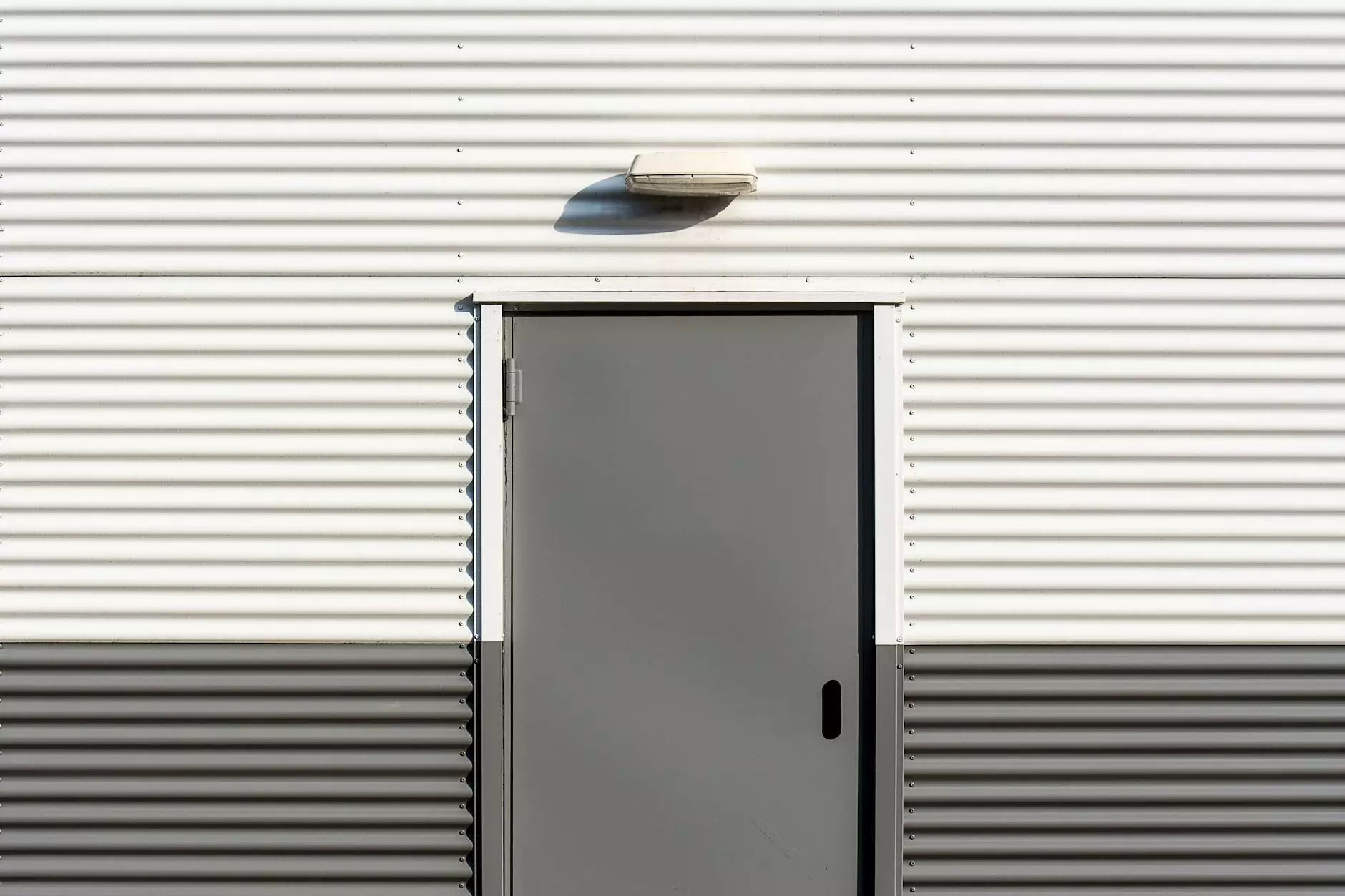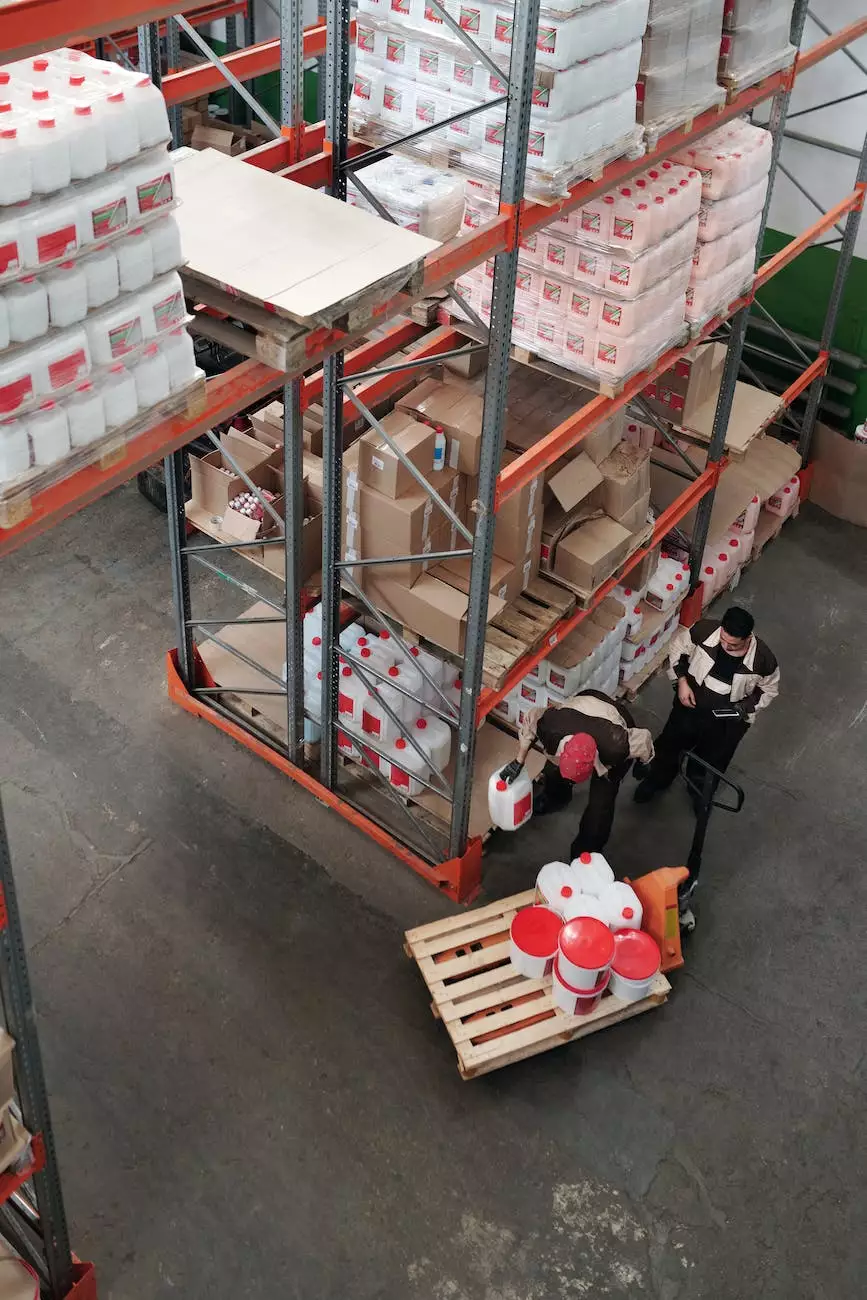Condensation – Definition

Welcome to City Garage Doors Tampa's informative page on condensation. In this comprehensive guide, we will explore the definition, causes, effects, and solutions related to condensation. Understanding condensation is essential for homeowners and business owners in Tampa to maintain a comfortable and healthy indoor environment.
What is Condensation?
Condensation, in its simplest definition, refers to the process where water vapor transforms into its liquid form upon contact with a cooler surface. It occurs when warm air holding moisture comes into contact with a cold surface, causing the moisture to condense into water droplets.
Condensation commonly takes place on windows, walls, mirrors, and other cold surfaces. It is a natural occurrence that can happen throughout the year, although it tends to be more prevalent during colder months and in regions with high humidity levels.
Causes of Condensation
Several factors contribute to the occurrence of condensation:
- Temperature difference: When warm and moist air encounters a colder surface, the moisture within the air mass condenses.
- Humidity levels: Higher humidity levels increase the chances of condensation, as there is more moisture present in the air.
- Poor ventilation: Insufficient airflow in a building inhibits the exchange of air, trapping moisture indoors and leading to condensation problems.
Understanding the causes of condensation is crucial for effectively addressing and preventing its unwanted effects.
Effects of Condensation
While condensation is a natural phenomenon, excessive and sustained condensation can lead to several issues:
- Mold and mildew growth: Excessive moisture can create an ideal environment for mold and mildew to grow, which can affect the indoor air quality and pose health risks.
- Structural damage: Prolonged exposure to moisture can damage walls, ceilings, and other structures, leading to costly repairs.
- Discoloration and staining: Condensation often leaves unsightly water stains and discoloration on surfaces, diminishing the aesthetics of a space.
- Damage to furniture and belongings: Excess moisture can impact furniture, electronic devices, documents, and other valuables.
It is crucial to address condensation issues promptly to prevent further damage and maintain a healthy living or working environment.
Solutions for Condensation
To mitigate the negative impacts of condensation, consider the following solutions:
- Improving ventilation: Enhancing airflow through the use of vents, fans, or mechanical ventilation systems can help reduce humidity levels and prevent condensation.
- Insulation: Properly insulating walls, windows, and roofs can minimize temperature differences and reduce the likelihood of condensation.
- Dehumidification: Utilizing dehumidifiers can effectively remove excess moisture from the air, decreasing the chances of condensation.
- Sealing gaps and cracks: Preventing moisture infiltration by sealing gaps and cracks in windows, doors, and walls can help reduce condensation.
City Garage Doors Tampa understands the importance of addressing condensation issues for homeowners and businesses. We offer professional services and expert advice to help you tackle condensation problems effectively.
If you require further information or assistance regarding condensation and its solutions, please don't hesitate to reach out to City Garage Doors Tampa. Our team of experts is ready to assist you.










